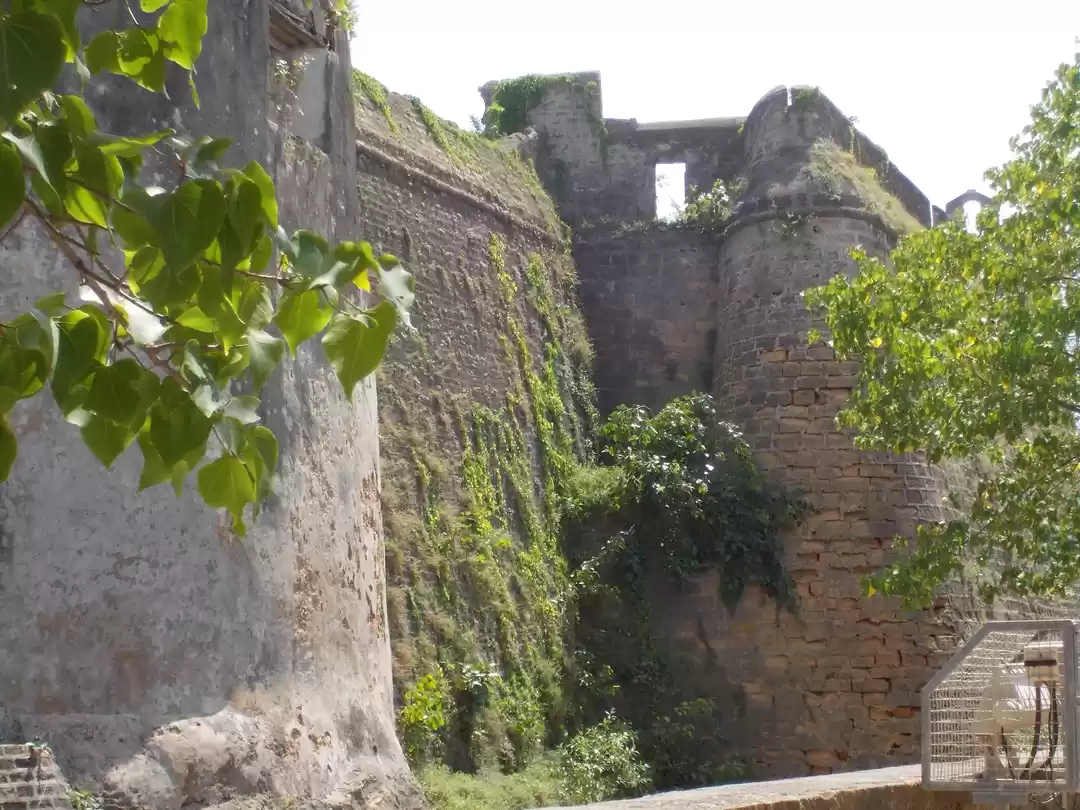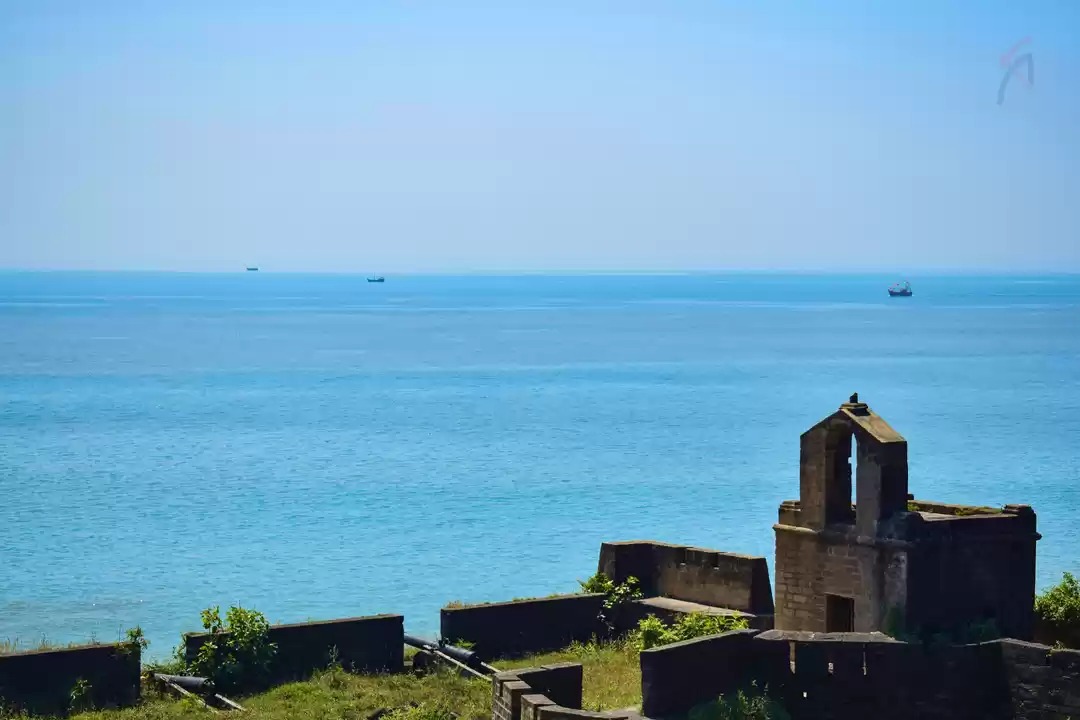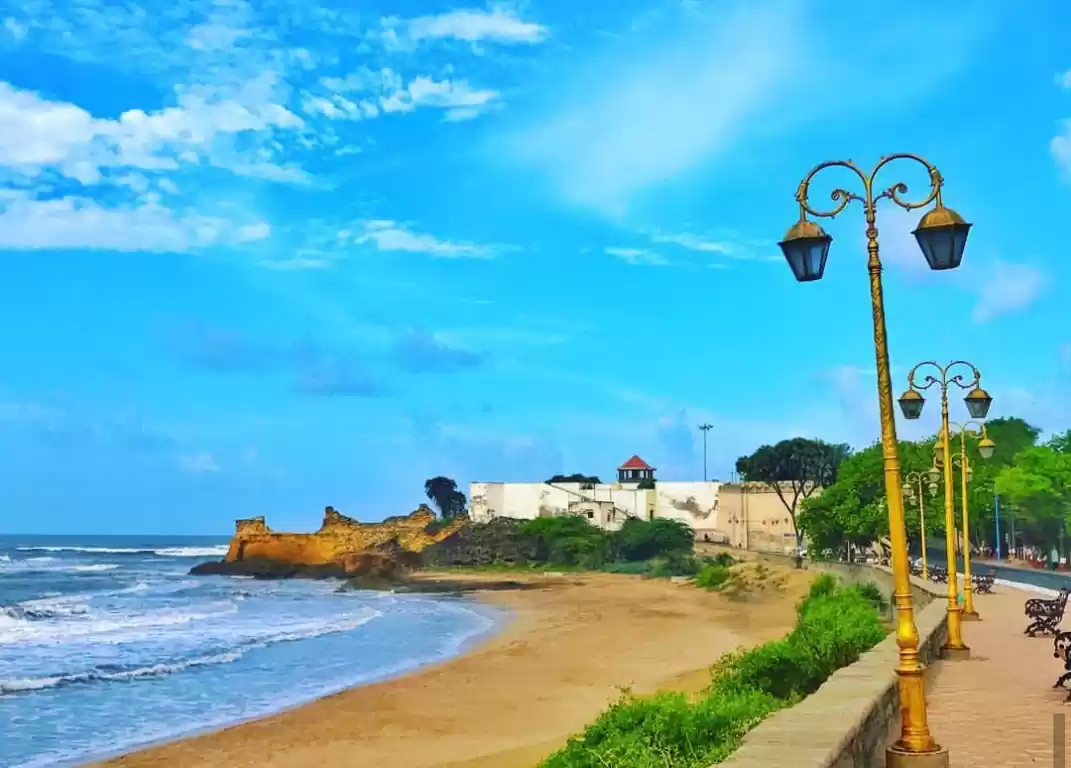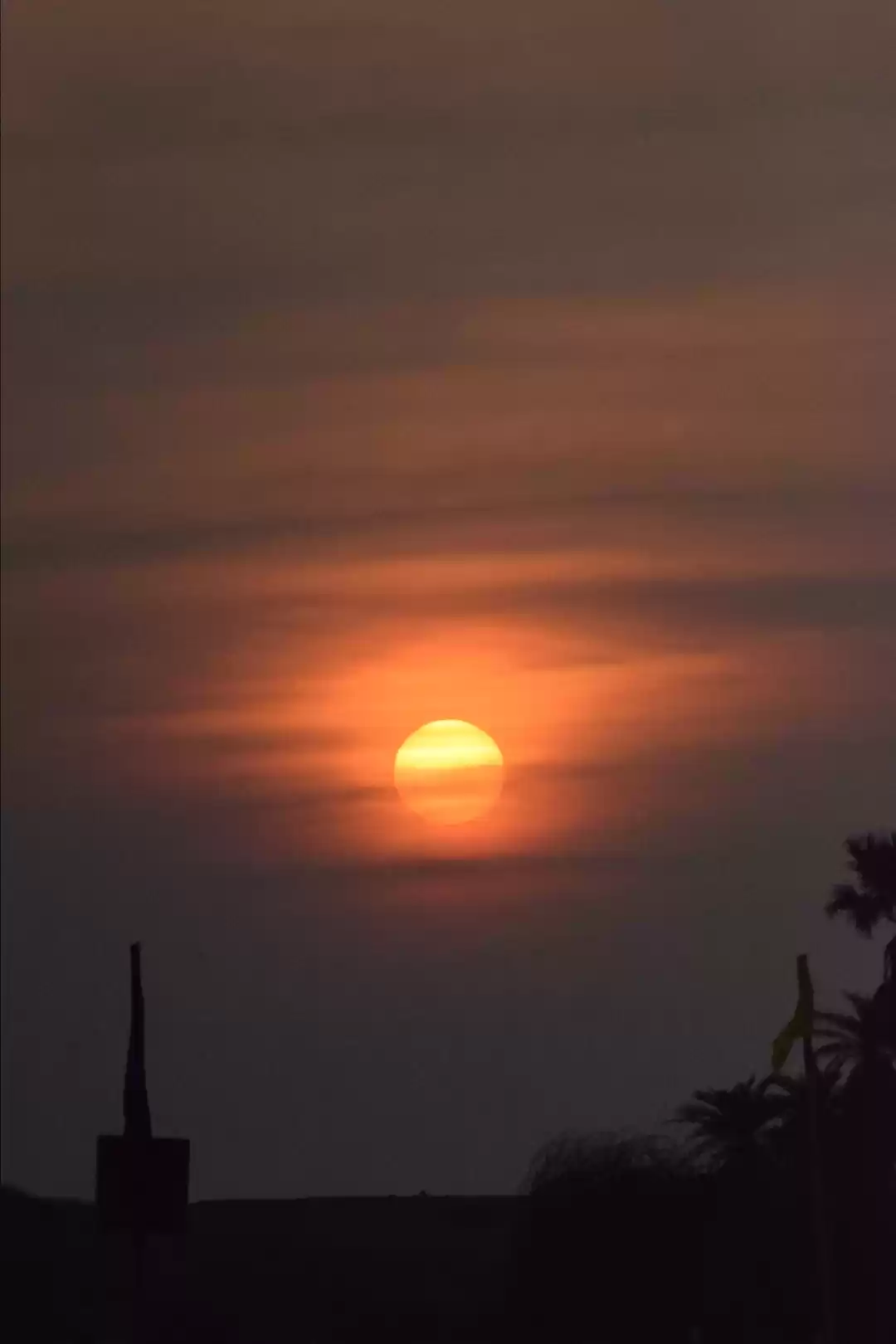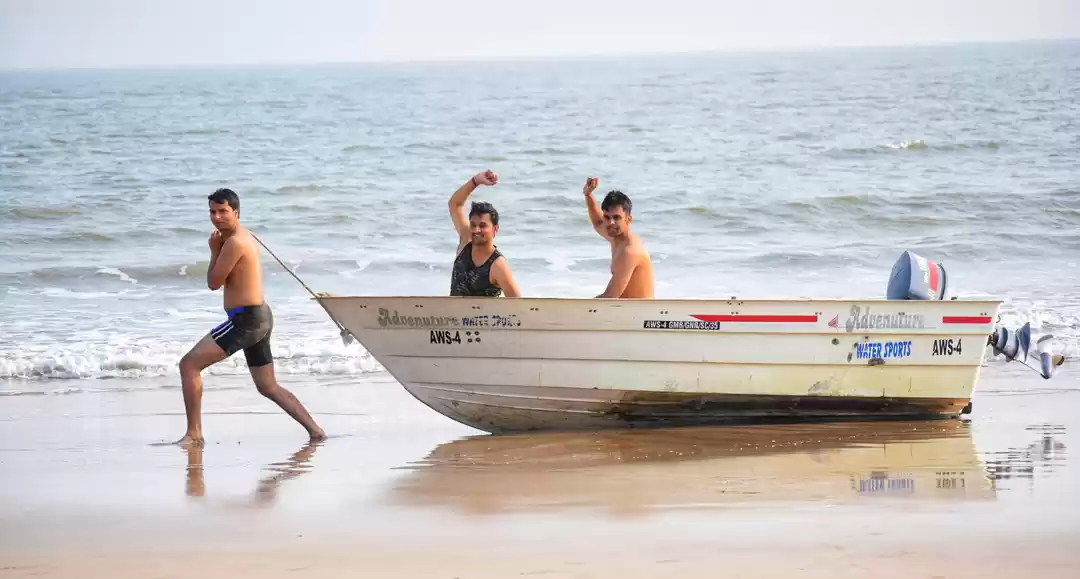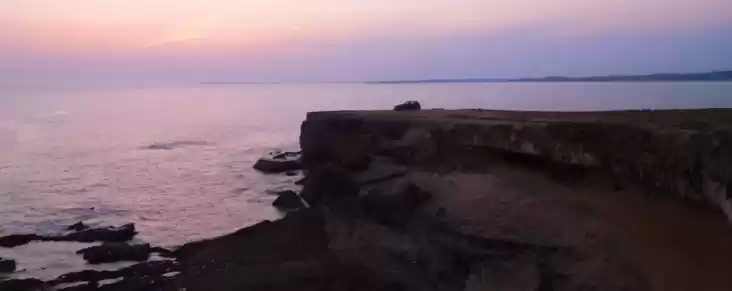
The island of Diu, located at the southern tip of the Kathiawar Peninsula in the Gulf of Cambay (Khambhat), forms part of the Union Territory of Daman and Diu, Dadra and Nagar Haveli. Daman and Diu became part of India in December 1961 after the Portuguese colonizers, who had occupied the land for well over 400 years, were evicted following a two-day military action by the Indian army. The island of Diu is strategically positioned on India's Arabian Sea coast, and was once a prime target for sea-borne invaders.
History
Vasco da Gama had landed at Calicut in 1498, and subsequent expeditions from Portugal had failed to establish a strong foothold in Kerala. However, the Portuguese succeeded in capturing Goa in 1510. Between 1509 and 1531 they made several attempts to capture Diu but failed. In fact their very first attack in 1509 was repulsed by the combined might of the Mamluks (Turks), the Venetians, the Zamorin of Calicut, and the Sultan of Gujarat, Mahmud Begada. In 1526 Babur captured Delhi and the political scene changed dramatically. Thus in 1535, the new Sultan of Gujarat, Bahadur Shah, permitted the Portuguese to build the Diu Fort and maintain a garrison on the island, purportedly to form a defensive alliance against the Mughal threat. But very soon he regretted his decision and tried to recapture Diu, losing his life in the attempt. In 1538 and 1545-46 attempts were again made to evict the Portuguese and once again the Turks participated in the venture. But the Portuguese had come to stay.
The Diu Fort, re-built in 1546 by Dom Joao de Castro, is still an imposing structure, though some parts have been damaged. The original builder was apparently Nuno da Cunha, who built the first fort in 1535. Perhaps it was destroyed in the turbulent years that followed, and a more formidable structure was built a decade later.
You can still see the cannons on the ramparts. The fort was designed to withstand all attacks from land and sea. It faced the sea on three sides, and the fourth part that was accessible by land was made impregnable by building a large moat.

In the 17th century it was unsuccessfully attacked by the Arabs of Muscat and the Dutch. The Dutch managed to fully evict the Portuguese from Kerala, but they were unsuccessful in Diu. The island lost its maritime importance after the development of Bombay, the latter territory having been gifted to the British by the Portuguese as part of the dowry of Catherine of Braganza who was wedded to Charles II of England.
Diu Fort
Diu fort, also known as 'Praça de Diu', is a massive, impressive structure, and hectic work is going on to repair the damaged parts. Consequently, there were clouds of dust everywhere and I ended up developing an allergic cough which lasted a couple of days.


The view is magnificent and the Panikotha Fort is visible in the distance. Panikotha, once known as Fortim do Mar, housed a prison during the heyday of the Portuguese. It apparently has an old lighthouse and a church, but there was no boat service to the island so we could not go there.

Diu Fort has a prison, memorials to long forgotten European heroes, and much more to satisfying the curiosity of a tourist. Sadly, tell-tale signs of neglect are in evidence all over Diu. There are intriguing landmarks, and the land and sea are beautiful beyond belief, yet the indifference of the authorities prevents the full development of the region’s tourist potential. A tremendous effort is being made to repair the Diu Fort, though.


Divine Beaches
The Nagoa beach has banana-boats, para-motoring, and much fun and games. It reminds you of Goa. Was the name intended to be Nav-goa (new Goa), I wondered. We also went to Ghogola beach but gave Jallander a miss. There are various points to view glorious sunsets.


Churches
Diu has three churches built in the baroque style. St. Paul’s Church built between 1601 and 1610 is still in use. It is dedicated to Our Lady of Immaculate Conception, so the name is rather intriguing. Intricately carved woodwork adorns the interior, making this church one of the masterpieces among Portuguese churches in India.

St. Thomas Church has apparently been turned into a museum, but it was cordoned off and looked like it would collapse any moment. There was no option to go inside, so we satisfied ourselves by taking some pictures from the outside.

The Church of St. Francis of Assisi was built in 1593 and is now said to be a hospital but we simply could not find it. The driver had no clue either.
Gangeshwar Mahadev Temple
This ancient temple, dedicated to Lord Shiva, is believed to have been built by the five Pandava brothers during their exile. Sure enough you find a set of five shivlings, the second one being considerably larger than the others, presumably, to indicate Bhima, the giant Pandava.



This miniature shore temple nestles among the rocks and is washed by the waves of the Arabian Sea at high tide. A priest allowed us to do abhishekh by pouring oblations on the largest of the lingams. It was buttermilk first (in lieu of milk). I thought this a practical idea since milk spoils quickly in a hot place. Next followed water, then flowers, then some grains. My travel buddy, Sheela, meekly followed my example, though she seemed rather clueless. There were steps leading to the water but we didn’t want to get our feet wet.
Food and Dining
Spirits are cheap, sea food is sumptuous and the cuisine is tempting, especially after the bland vegetarian fare that is typical of Gujarat. So, go for it! The Porto-Gujju dishes are worth tasting. Chinese and Indian dishes are aplenty.
How to get there
You can drive down from Somnath (Veravel) or Junagadh or Sasan Gir, but you can also take a flight from Mumbai. Diu does have an airport but there are few flights. The airport probably caters to the military rather than tourists.
Despite its laid-back ambience and lack of facilities, tourists do flock to Diu. The reasons are not hard to find. Gujarat is a dry state and Diu is the nearest watering hole.


The island is connected to the mainland by a bridge. On your way back from Diu getting past the police check-post is a major challenge. Our driver begged us not to carry any bottles. On our arrival at the check-post the driver was thoroughly searched at it was with a great sigh of relief that he proceeded towards our next destination, namely Sasan Gir, the lion forest.


















